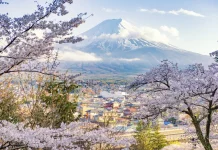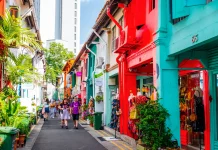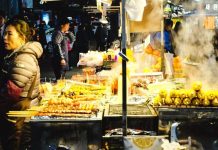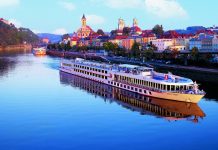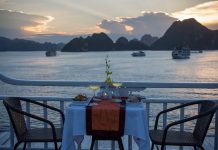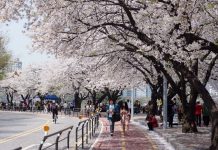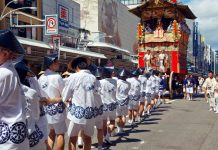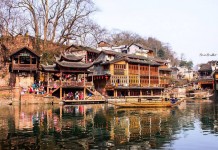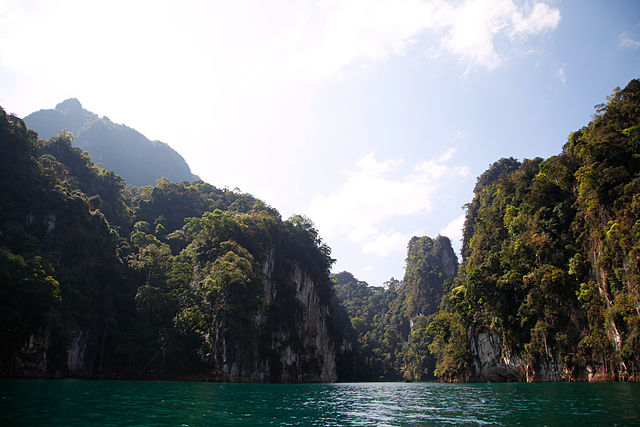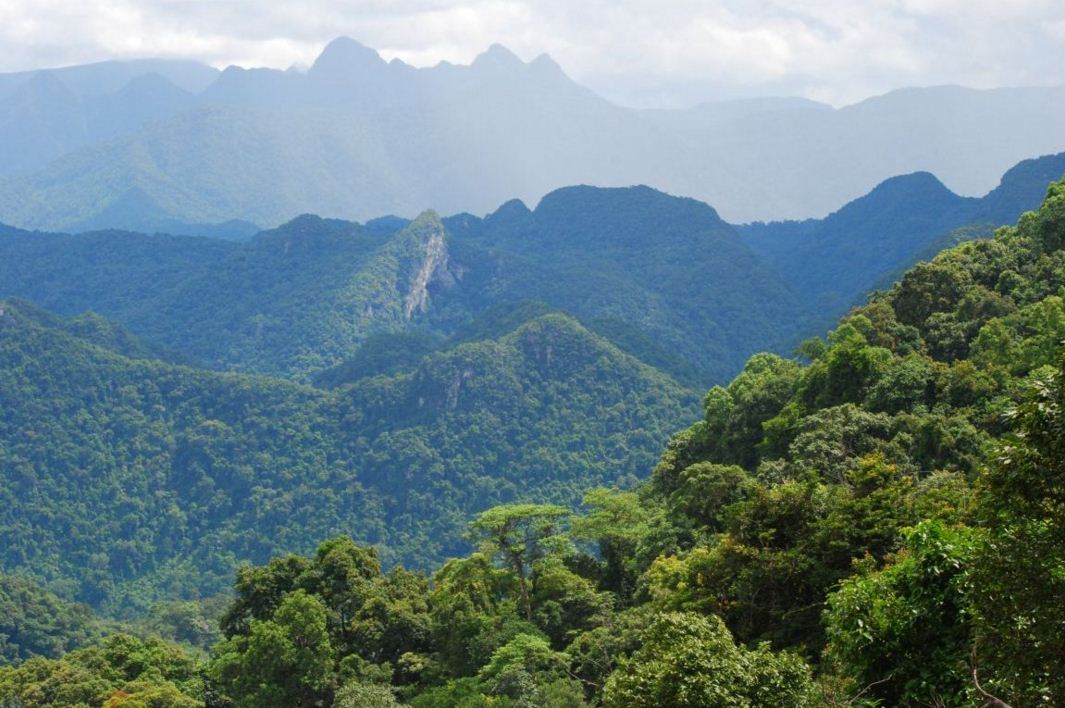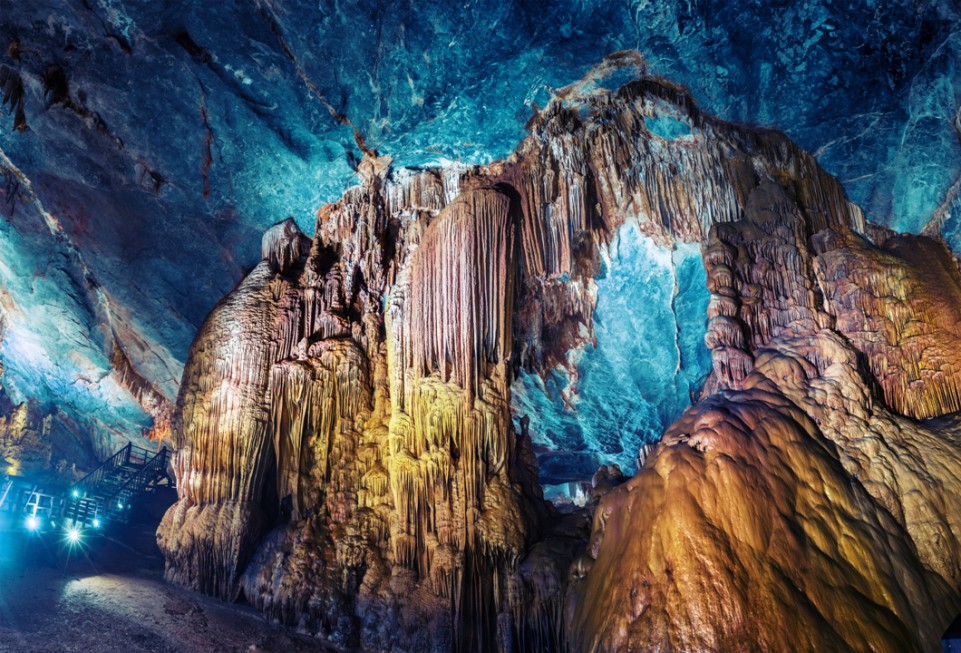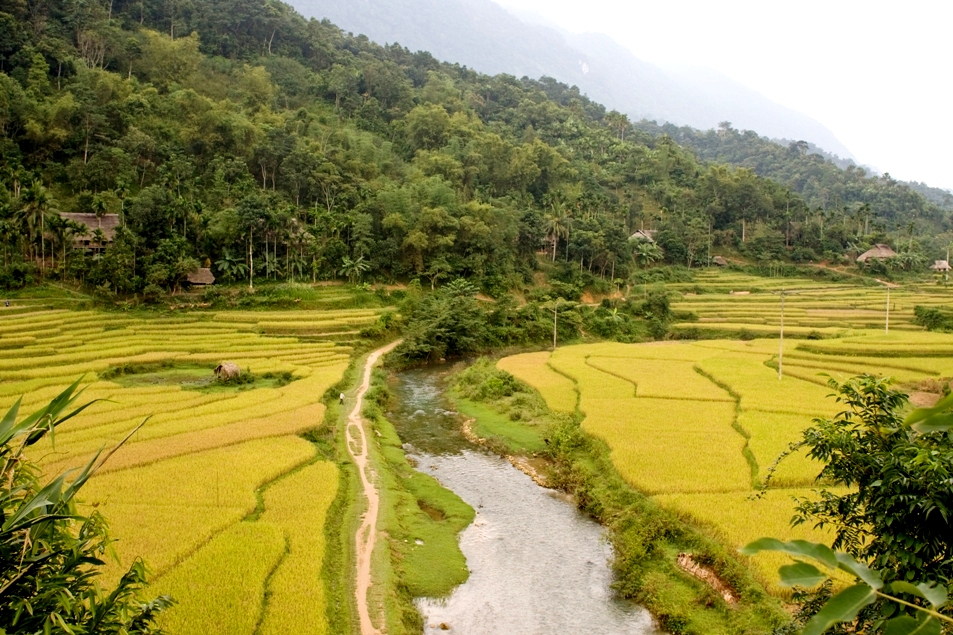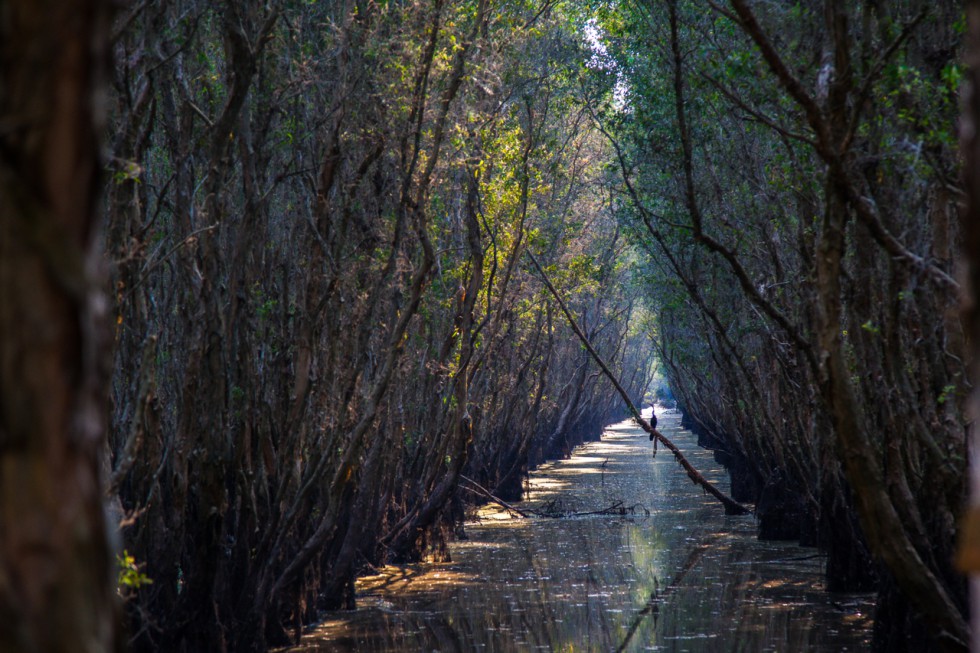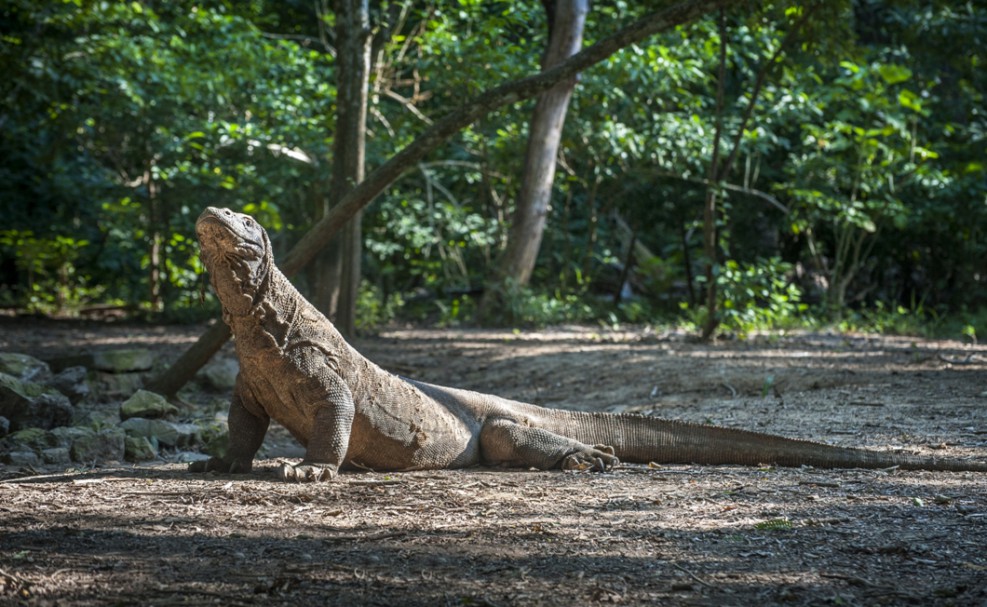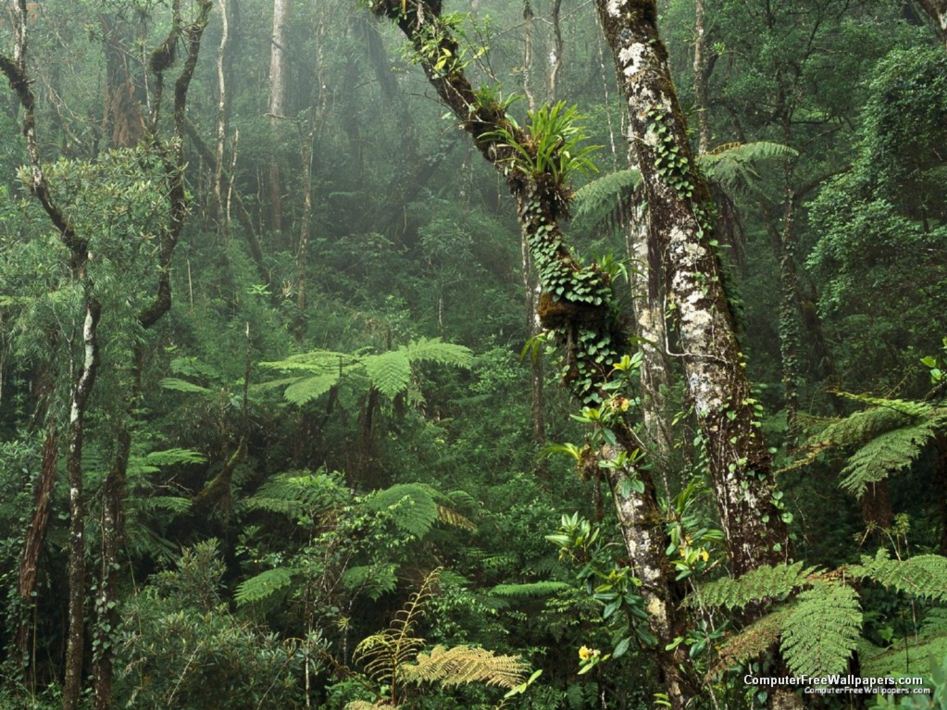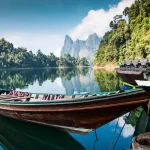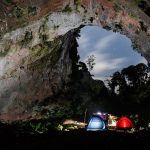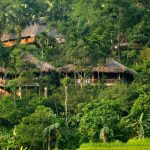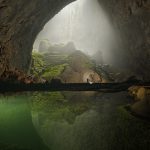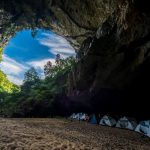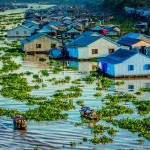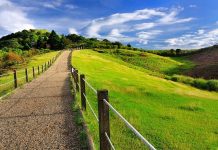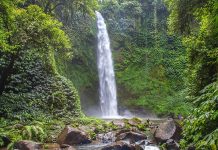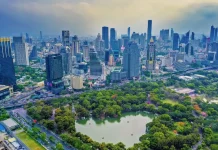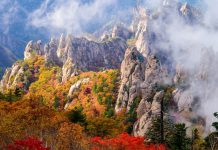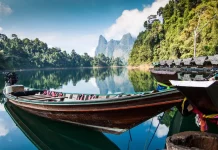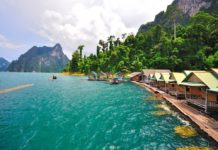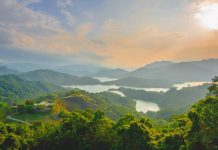Searching for the ultimate escape from the ordinary in Asia? Get off of the tourist trail in Asia’s best national parks and nature reserves.
- Top 10 best places to see wildlife in Asia
- Khao Sok National Park blog — The fullest Khao Sok National Park travel guide for first-timers
- Doi Inthanon blog — The fullest guide for what to do in Doi Inthanon in 1 day
- Yellowstone travel blog — My trip to Yellowstone, the first national park in the world
- Explore Bokeo Nature Reserve — A ‘hidden paradise’ of Laos
Nothing quite beats the feeling of exploring something that feels entirely unknown. In Asia, it’s hard to find destinations that are untainted by the rapid influx of tourism – but if there are any places where you can escape the ordinary and feel a million miles away from civilisation, it is most certainly its national parks and nature reserves.
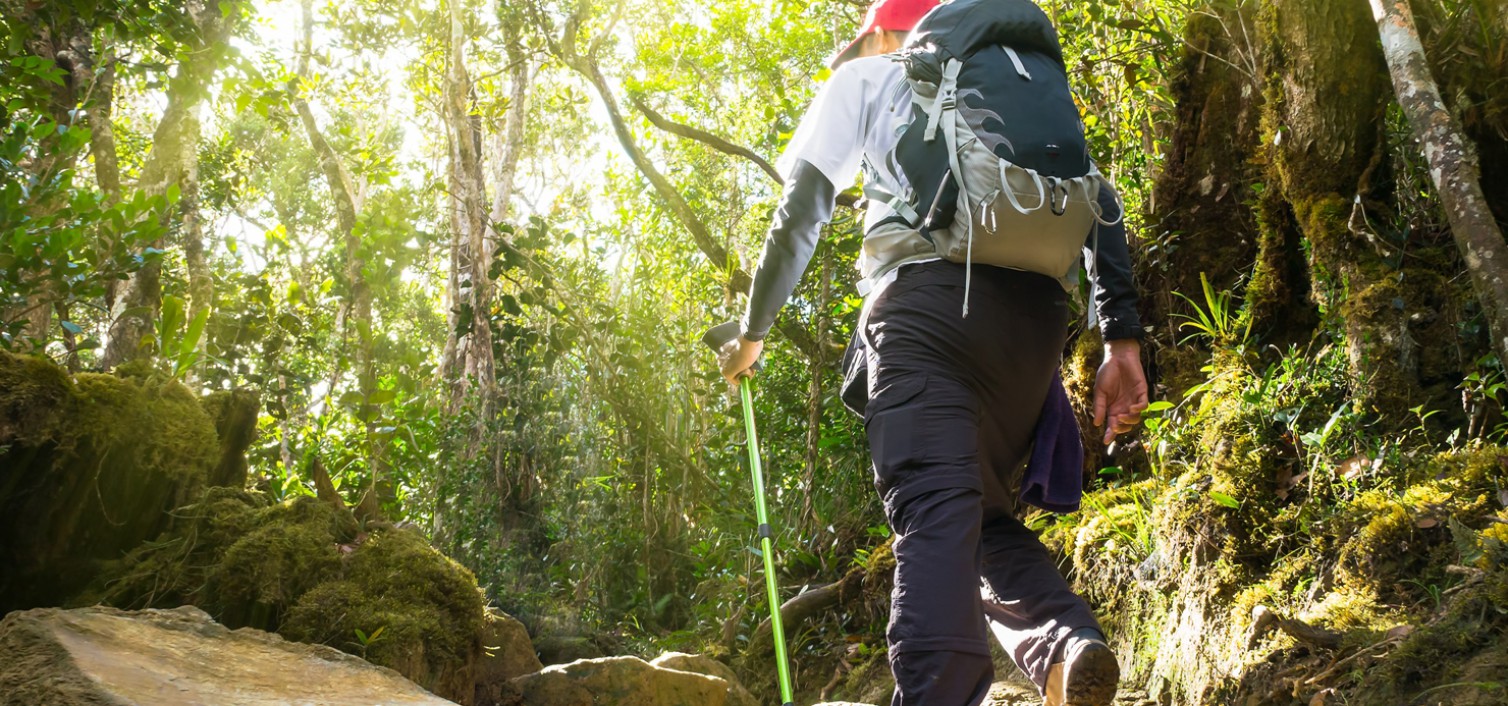
Protected from rapid development and home to the region’s best wildlife, visits to national parks are also a great way to support environmental conservation. With smart choices on accommodation and transportation, your travel dollar can go toward supporting the continued conservation of these spectacular natural wonders.
Beyond the jungle scenery, what’s waiting in Asia’s best national parks? Check out our roundup of the coolest, most unique and most unforgettable national parks and nature reserves in some of our top destinations.
Khao Yai National Park, Thailand
The largest and most visited reserve in all of Thailand, there’s a reason that Khao Yai National Park captures the hearts of so many outdoor enthusiasts. Its establishment as the largest intact monsoon forest in mainland Asia earned its place as a UNESCO World Heritage site, but its real draw is its wildlife that you’d be lucky to find anywhere else in Thailand.
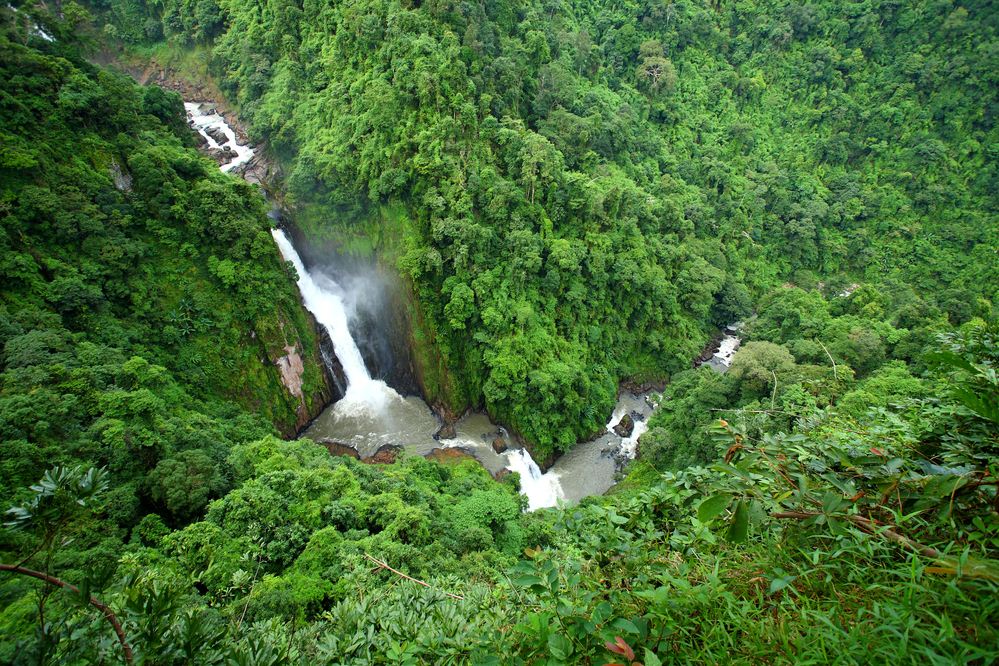
Many that come to Khao Yai hope to spot a glimpse of wild elephants, but other wildlife including gibbons, macaques, bears and hornbills set Khao Yai apart as a natural haven for wild animals. Though visiting independently is relatively easy, those wanting to maximise their wildlife spotting in Khao Yai will find guided excursions a worthy investment.
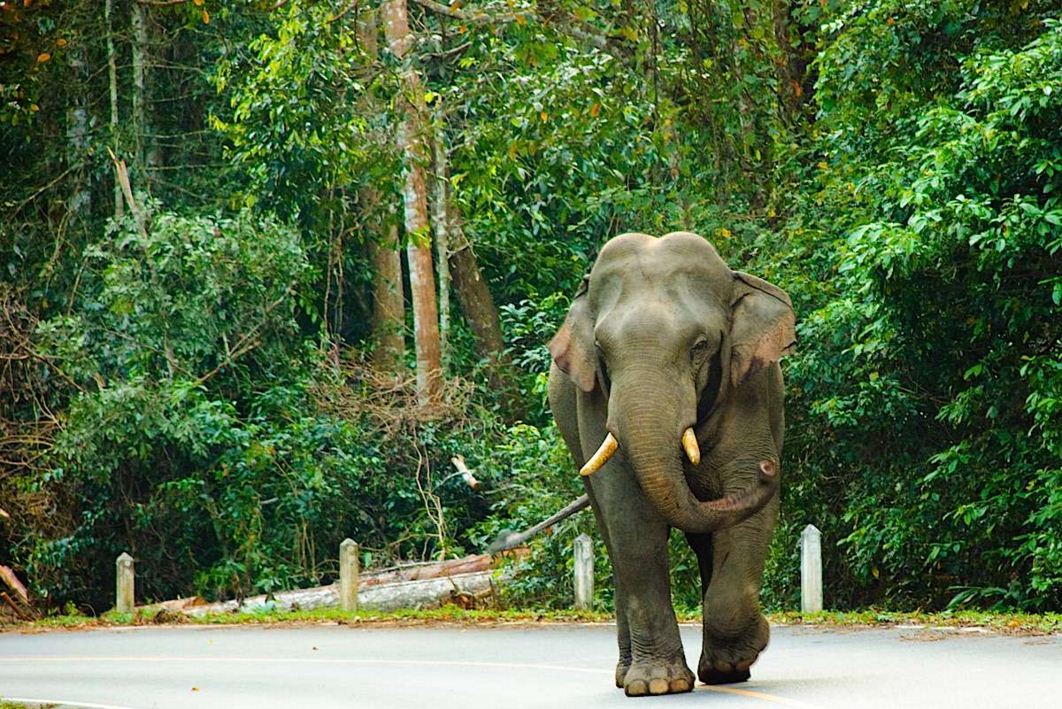

Beyond wildlife discovery, Khao Yai packs a punch with adventure travel, too – with great places for kayaking, trekking, caving and waterfalls.
Khao Sok National Park, Thailand
Nestled between the Andaman and Gulf coasts, Thailand’s Khoa Sok National Park is the perfect partner to a beach escape. Since the park’s prime destinations are a stone’s throw from beach favourites like Phuket and Phang Nga, this national park is a perfect stop during a southern Thailand adventure.
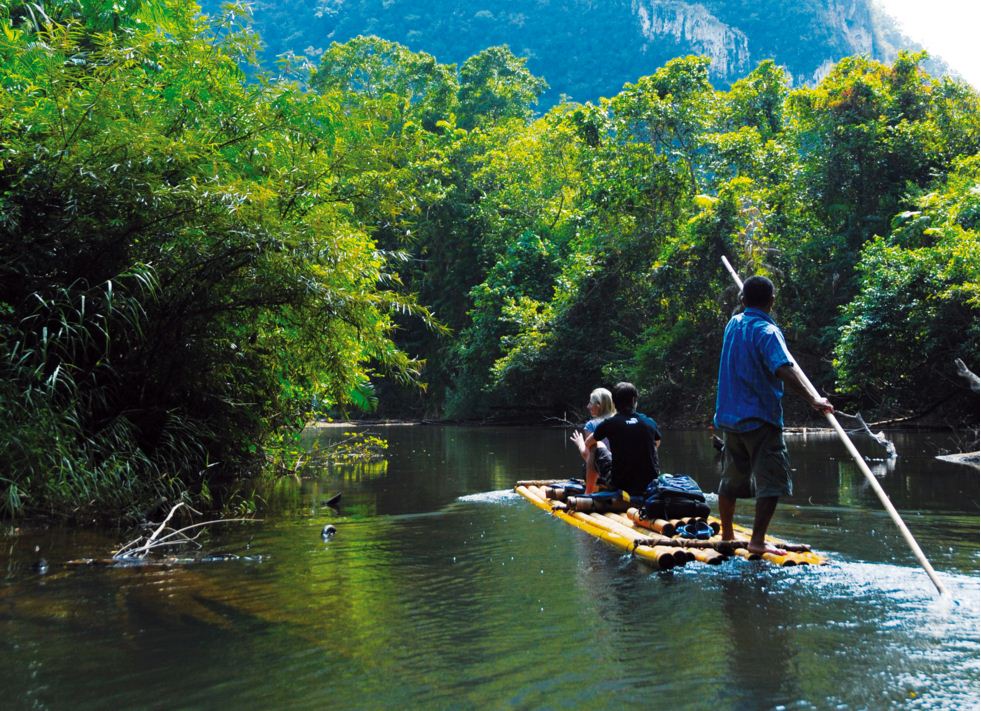
Beyond its incredible limestone formations and spectacular wildlife, Khao Sok is perfect for adventurers looking for some water-bound adventures. Kayaking, canoeing and bamboo rafting are perhaps at their best in Khao Sok, and visitors shouldn’t be surprised if they find wildlife freeloaders catching a ride on their kayaks!
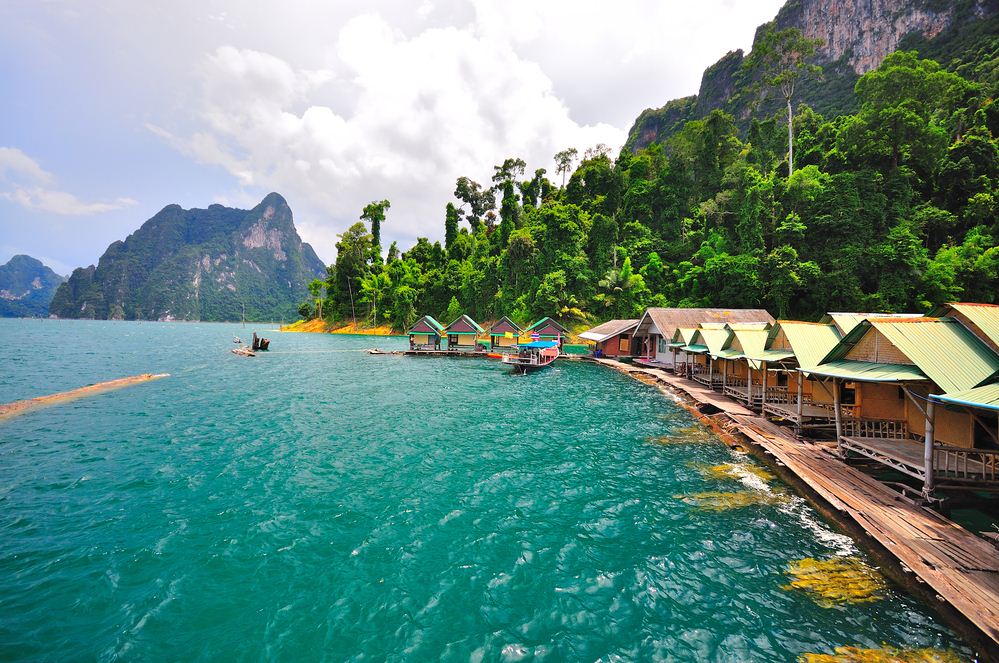
Depending on your travel style, it’s possible to stay deep within the park at Raft Houses or to stay in less remote areas where creature comforts are available. A favourite hub for adventure is Cheow Larn Lake raft houses, which flank both turqoise water and emerald limestone formations. Include all of this on our 12-day retreat.
Phong Nha Ke Bang National Park, Vietnam
How many times could you really say you’ve beheld a world-record holder with your own eyes? In Phong Nha Ke Bang National Park, any adventurous soul who wanders into its borders will usually leave being able to boast just that.

As the home of Son Doong Cave, the largest in the entire world, cave and outdoor enthusiasts aren’t the only ones making a beeline for Phong Nha. With excursions for adventure novices to experts, nearly anyone with a pair of trekking boots can conquer the challenge in the caves.
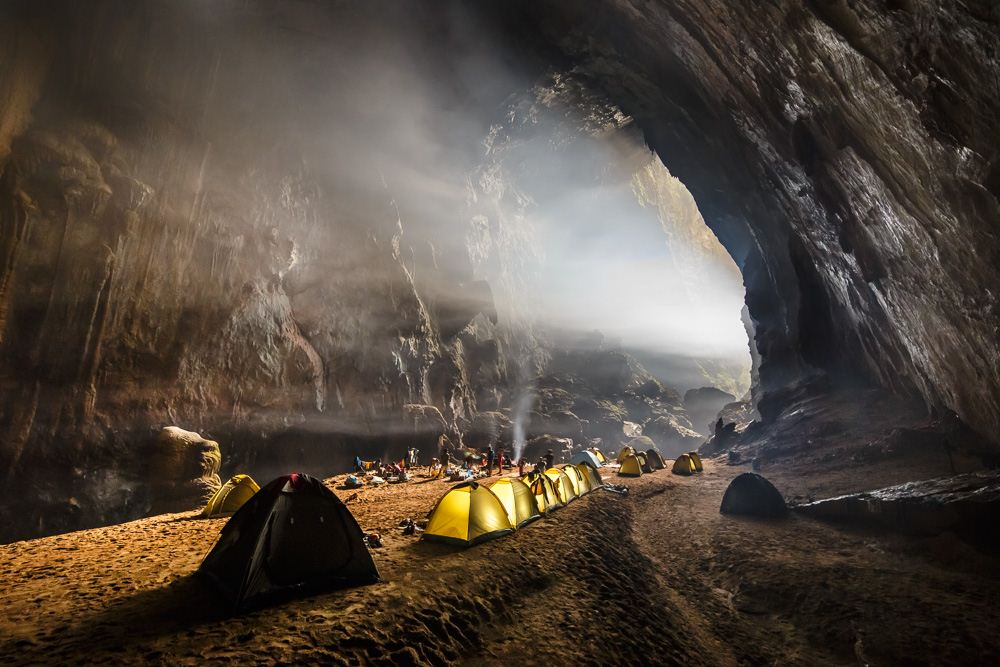


While Son Doong is reserved for only the most experienced climbers, equally spectacular cave excursions to Hang En and Tu Lan are perfect for any active traveller. Check out one traveller’s story about her visit to Hang En.
Pu Luong Nature Reserve, Vietnam
About three hours outside of Vietnam’s capital city, rarely will visitors make a stop at Pu Luong Nature Reserve – but if they knew what they were missing, they’d be kicking themselves. Home to a collection of ethnic minority villages and astounding scenery, Pu Luong is something straight out of a landscape painting. Rolling hills, stretching rice paddy fields and charming village homes make this one of Vietnam’s most picturesque hidden gems.
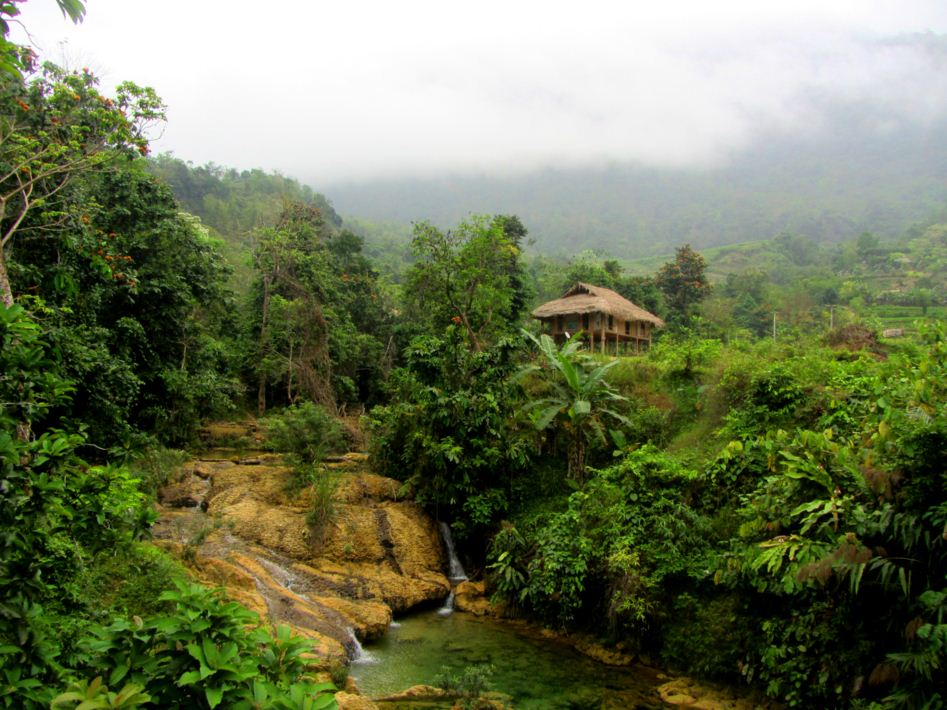

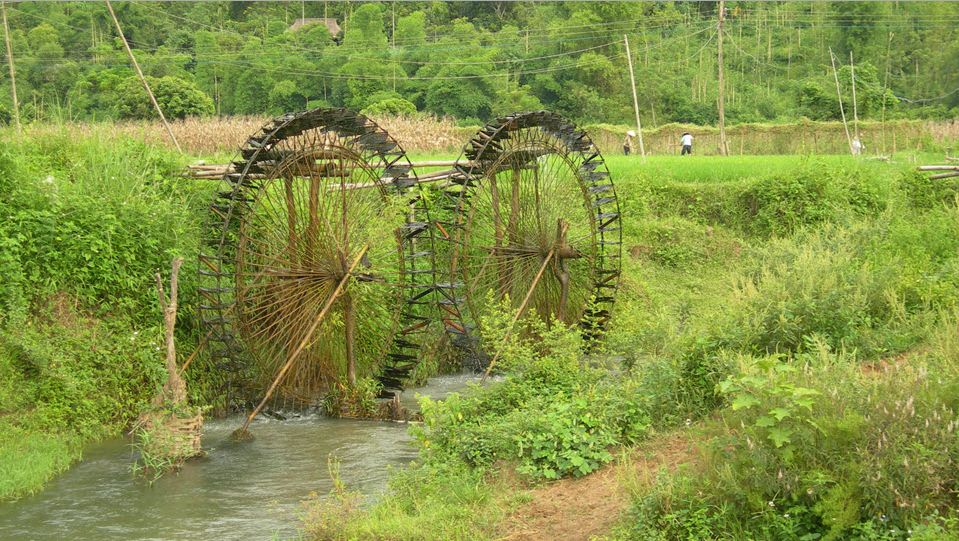
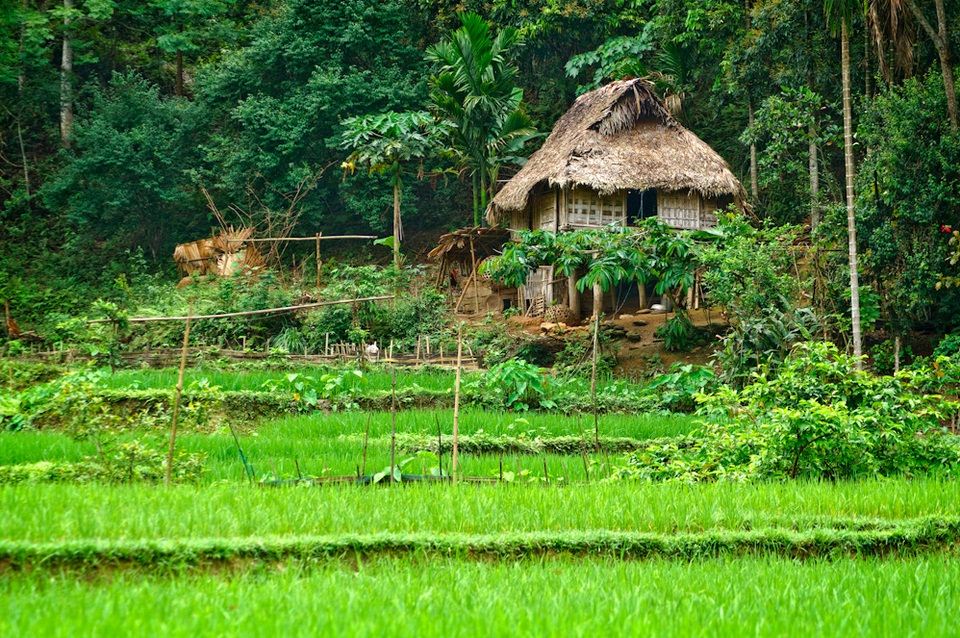
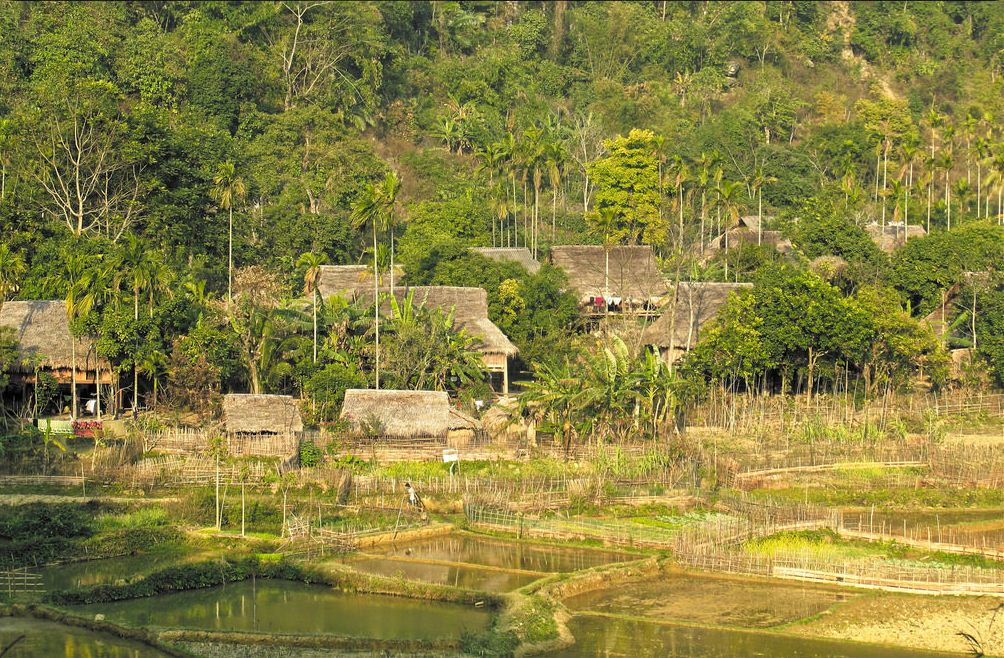
Pu Luong is best visited for a two- or three-day visit, with enough time for leisurely trekking and getting to know the locals. A fun way to explore Pu Luong is with a homestay – which helps bring needed additional income to local families here. For only the most adventurous, Pu Luong is also a popular stop for motorbike trips along the Ho Chi Minh Trail.
Tra Su Nature Reserve, Vietnam
As if lifted off the pages of a fantasy picture book, Tra Su Nature Reserve appears more like the setting of a fairy tale than it does a park. It owes its mysterious charm to its eucalyptus trees partially submerged in water, earning it the nickname “Tra Su Flooded Forest”. This creates a unique ecosystem is a haven for Vietnam’s bird species, and a visit here means getting up close and personal with the country’s coolest winged creatures.
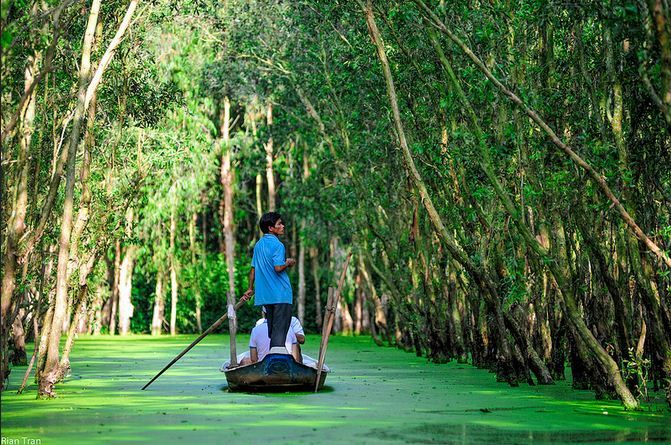
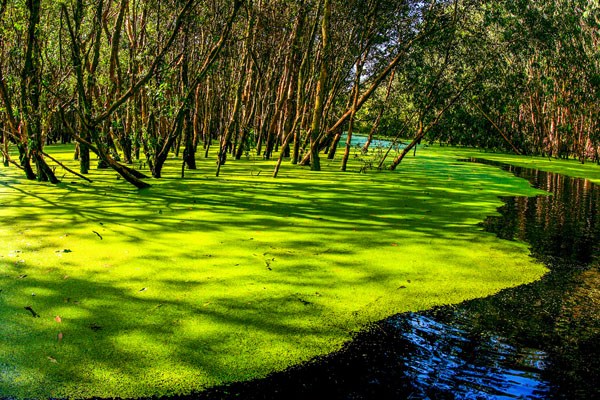
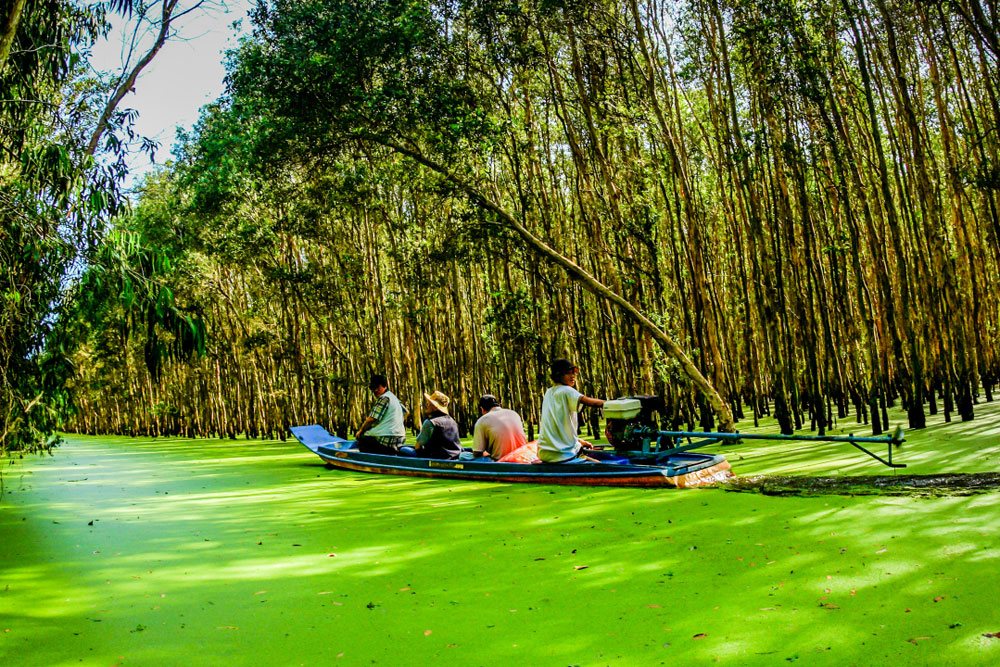
The area is heavily protected, so exploring the forest can only be done along a certain route with a trained guide. Most that visit Tra Su Forest will stay in nearby Chau Doc, a sleepy delta town with its own photogenic allure. Check out our journey here.
Komodo National Park, Indonesia
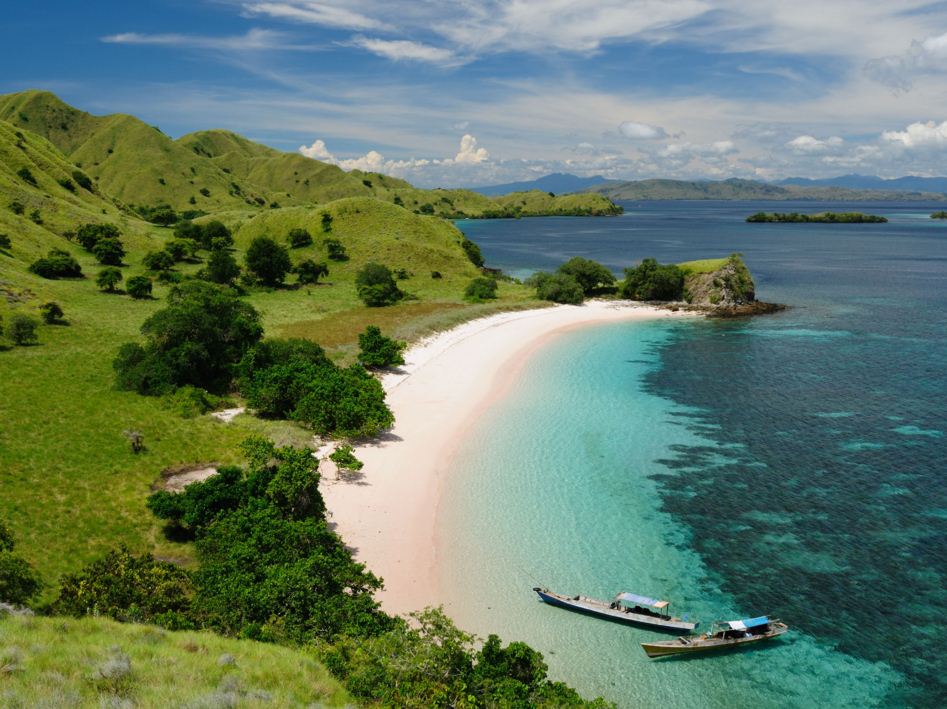
No sooner would you read the words “Komodo National Park” than visualise the enormous reptile that shares its name: the Komodo Dragon. Though most will head to Komodo National Park in Indonesia with Komodo Island (the home of the Komodo Dragon) at the top of their list, the park offers so much more than just gargantuan reptiles.
Recognised as a global conservation priority area, Komodo National Park is an epicentre of wildlife diversity. Though the amount of terrestrial species (that is, animals that live on dry land) isn’t remarkable, Komodo National Park has an incredible array of amphibious and aquatic creatures including crocodiles, manta rays, dolphins and sea turtles. Favourite activities include snorkelling and diving, which promises an up-close and personal look at one of the world’s richest marine environments.

After some serious wildlife exploration, many in Komodo National Park will head to Pink Beach, which earned its name from its faintly rose-coloured sand. That’s the route we follow on our Komodo island getaway.
Guilin Li River National Park, China

You’re in for scenery right off of a postcard in Guilin Li River National Park in China, which boasts spectacular limestone formations and river landscapes. The sheer cliffs and karsts have inspired plenty of epic poetry and paintings in China, so those that are accustomed to the classic imagery of rural China will find it in Guilin Li River National Park.

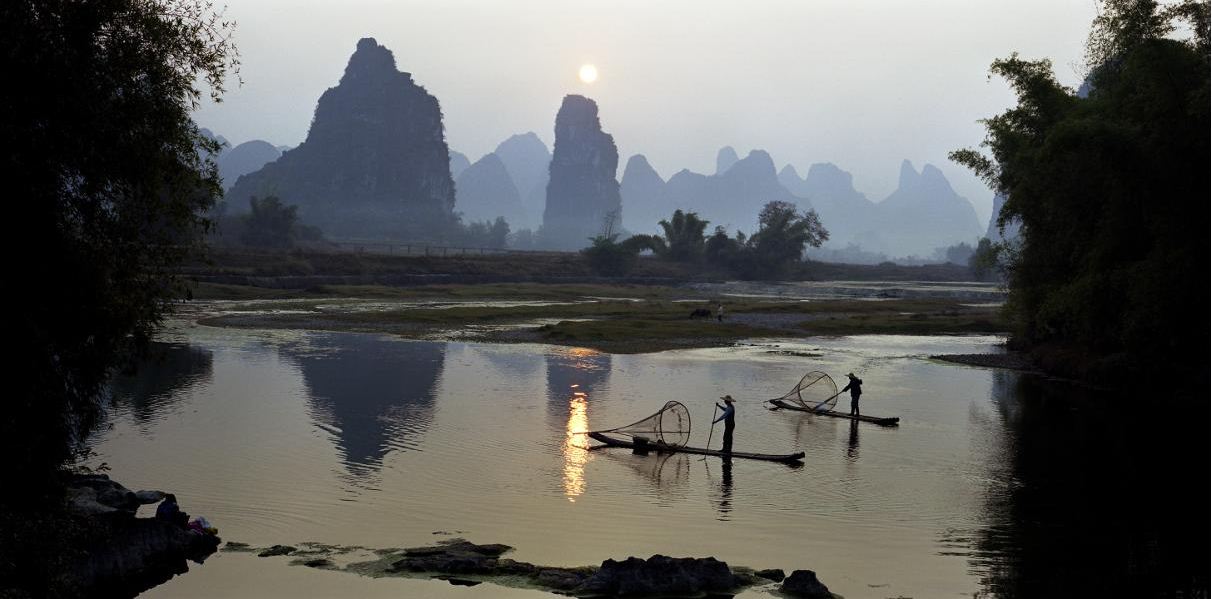
The park is one of the most popular in China, so while crowds can jostle down the river during busy months, it’s not hard to get away from the beaten track at a collection of charming riverside villages. Most will explore the area by river cruise, with some tours making a stop for sightseeing in Guilin and Yangshuo between cruising.
Kinabalu National Park, Malaysia
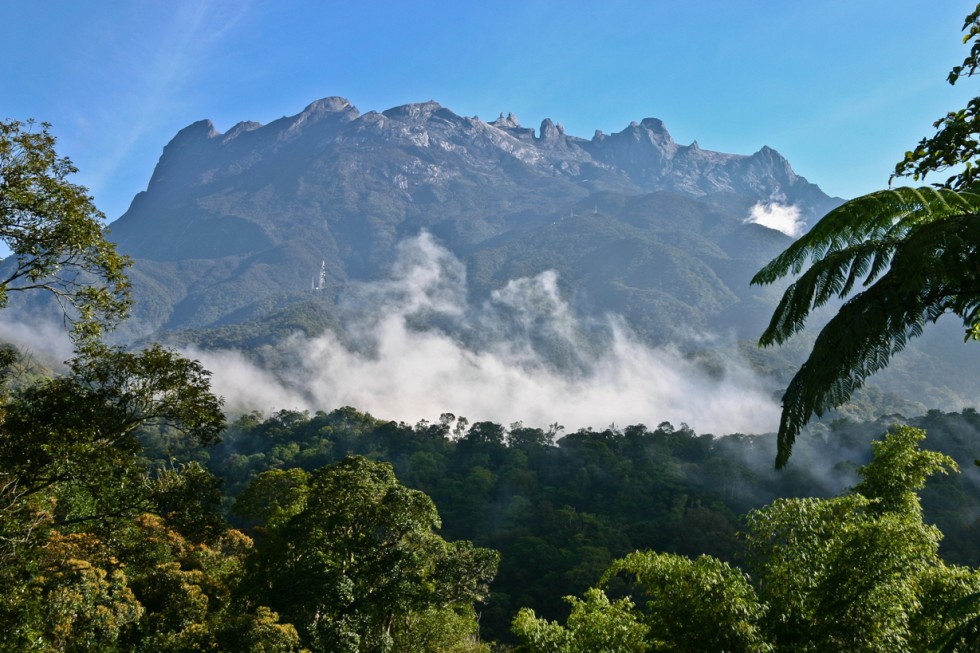
Beware acrophobics – the real highlight if Kinabalu Park is a dizzying 4000 meters up. Located in the heart of Borneo, the centrepiece of Kinabalu National Park is most certainly Mount Kinabalu, the largest on Borneo. Climbers of all experience levels could tackle the challenge of the summit, but some sound climbing legs are needed to navigate the guide ropes that lead up some heart-racing ascents.
Beyond Mount Kinabalu, though, Kinabalu National Park is distinct in its plant diversity and establishment of as a UNESCO World Heritage Site. Keep an eye out for the Rotschild slipper orchid (the rarest orchid in the world) and make time to explore the dense jungles around the base of the mountain.
Image newimgbase.com
Taman Negara National Park, Malaysian Borneo
This simply wouldn’t be a list of Asia’s best national parks without including none other than Taman Negara National Park, encompassing a primordial forest that is thought to date back 130 million years. Considered one of the oldest rainforests on the globe, Taman Negara National Park is a literal step back in time, and plays host to tigers, macaques and birdlife in record numbers.
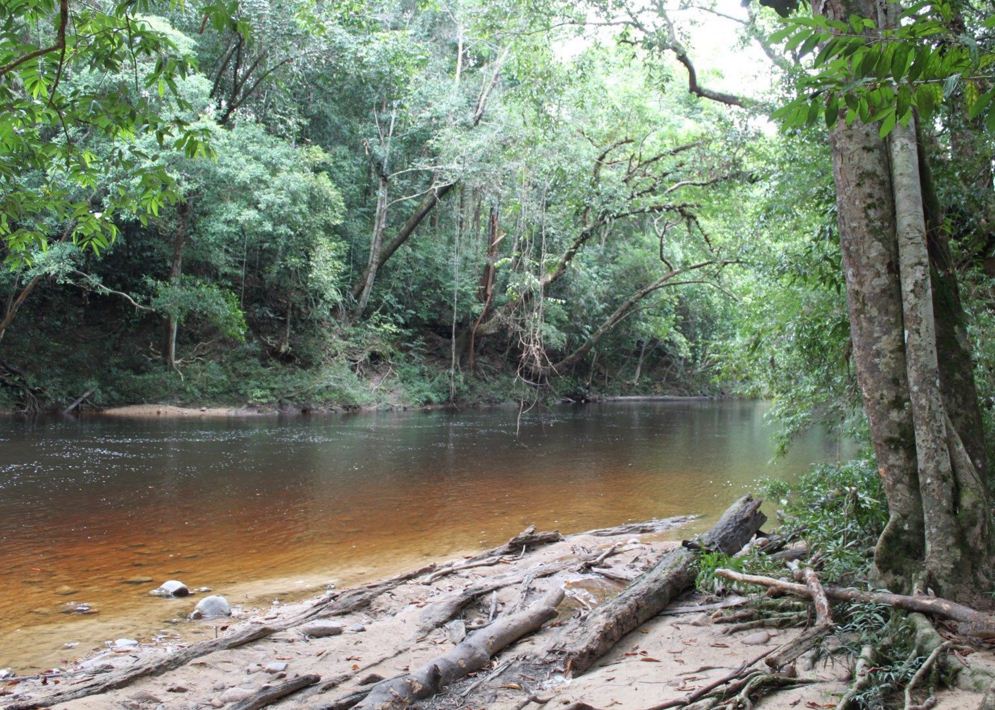
Beyond wildlife, Taman Negara is also home to incredible plant life, including the otherworldly rafflesia plant – the largest flower in the world. Some will follow trails through the jungle that lead to the summit of Mount Tahan, but many will opt for more leisurely river cruises and canopy walks that are just as rewarding.



